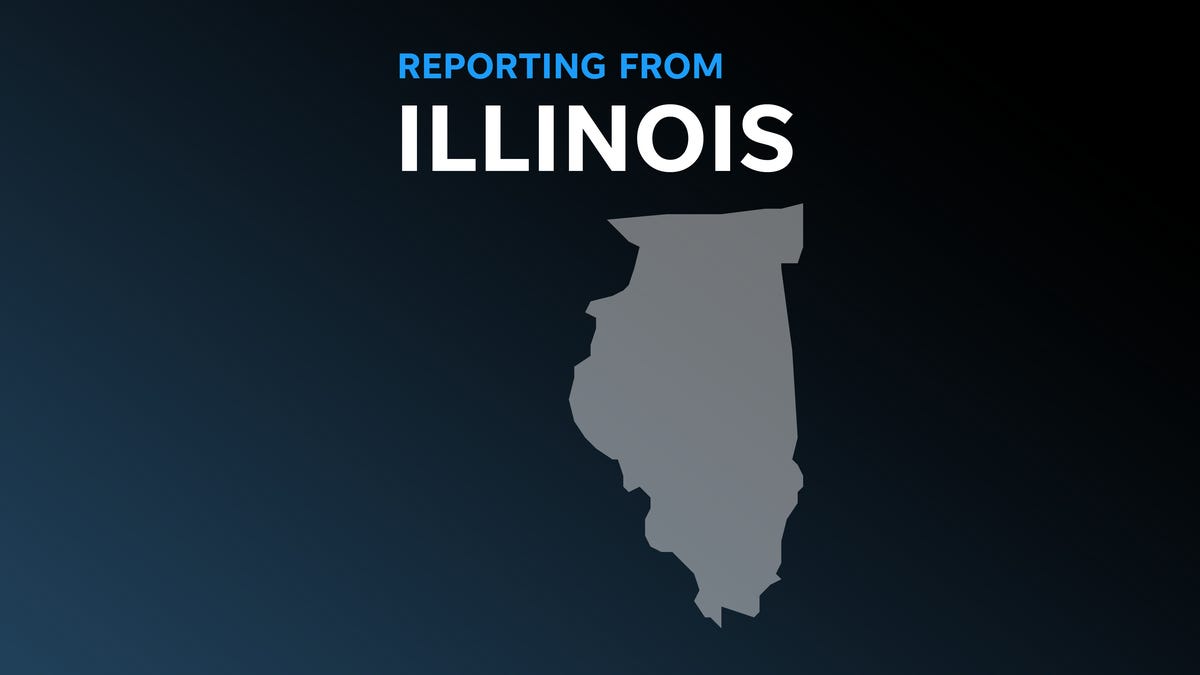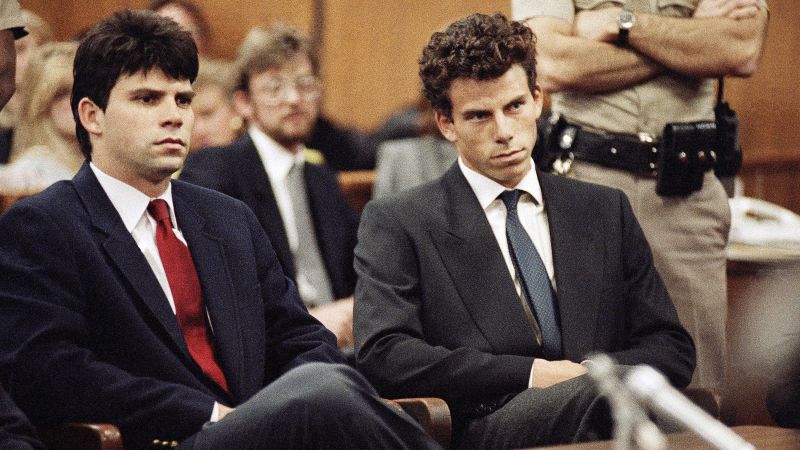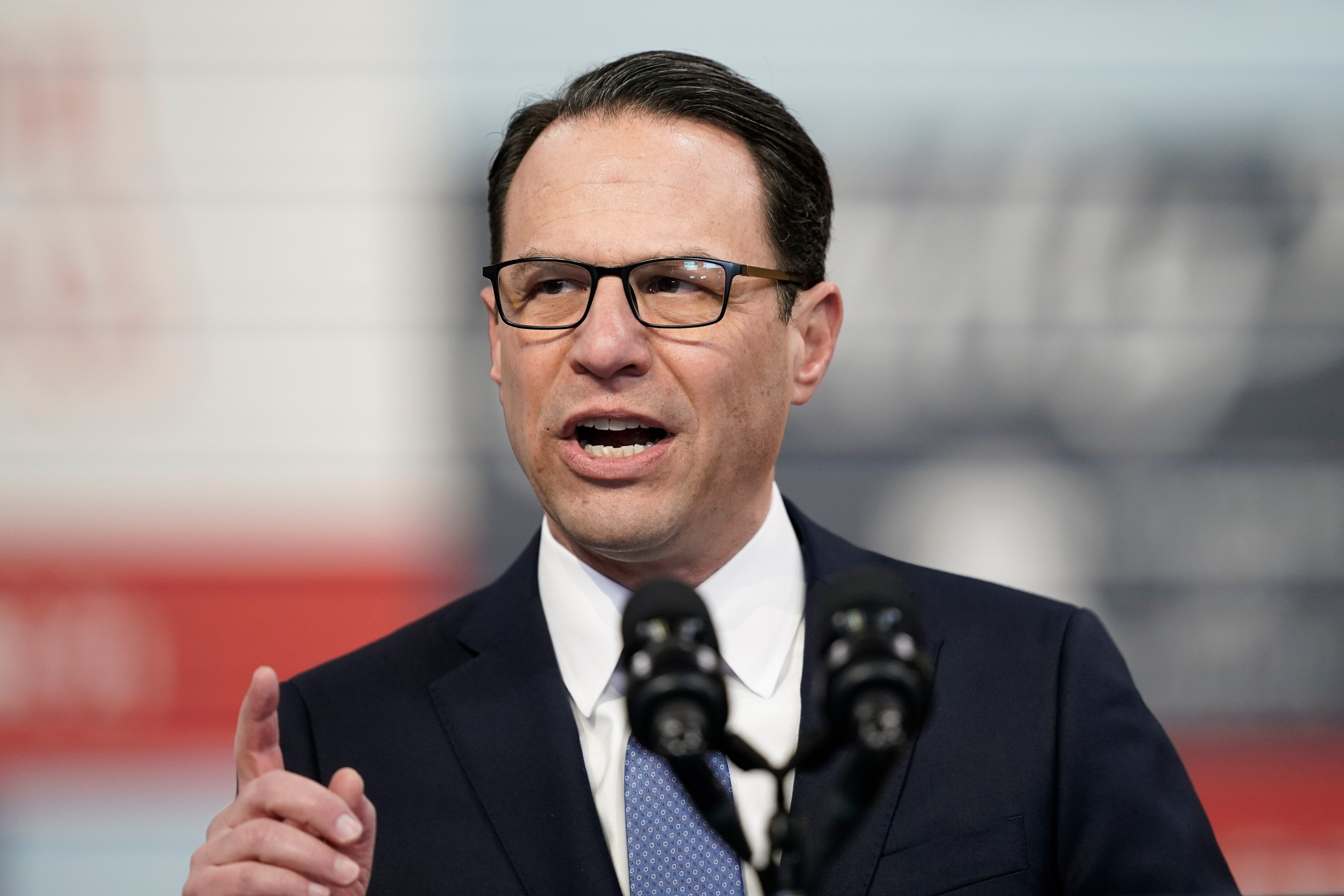North Dakota
Impending implosion of Fargo High Rise pushed back a week

FARGO — Demolition aficionados, rearrange your calendars. The
implosion of the towering Lashkowitz High Rise building once scheduled for next week
has been pushed back to Saturday, Sept. 16.
David Samson/The Forum
“It got delayed by a week because we’re trying to coordinate as best we can with all our neighbors around the building,” Fargo Housing and Redevelopment Authority CEO Chris Brungardt told The Forum.
The aging 204-foot-tall tower 101 2nd St. S. is slated for demolition so Fargo Housing can build modern affordable housing units in its place.
While the delay was unexpected, pushing the implosion back a week will help address everyone’s concerns, Brungardt said.
Project Manager JJ Martin with Target Contractors said there have been a few schedule changes so far, noting that the demolition was originally planned for October. They are ahead of schedule overall, he said, but needed to delay by a week to be sure everyone is on the same page.
He has been working with the businesses and properties around the Lashkowitz to be sure their questions are answered and they are aware of all the safety precautionary measures that will be in place.
“Everyone has been cooperative,” he said. “We’ve made tremendous progress.”
Brungardt had been a “captain of coordination” in helping Martin build relationships with the Fargo community to ensure the project’s success, Martin said.
There are a lot of moving pieces when connecting one-on-one with all of the Lashkowitz’s neighbors, Martin said. Imploding a building doesn’t happen every day so when people heard about it, especially those right next to the implosion, they have a variety of questions and concerns.
“Anytime you’re dealing with the community, you have to be aware that some people may have more concerns than others, and rightfully so. This isn’t a normal event,” Martin said. It’s important to take the time to fully address their concerns, he said.
The building is ready for implosion, he noted, but this rescheduling allows Target the time to address those concerns and continue to get the word out to the community so that everyone knows what to expect.
Safety precautions for the demolition have been designed “from the ground up,” Martin said.

Troy Becker / The Forum
They’ve outlined an exclusion zone and placed a shield wall of shipping containers between the Lashkowitz and nearby buildings to the north and west. Further, explosives will be placed on the building’s southern side to bring it down in a slightly southern direction, Martin said.

Troy Becker / The Forum
During the day of the implosion a host of safety measures are planned, including dust suppression devices and the securing of all openings into nearby buildings that dust could creep into. They’ve sent notices to nearby tenants to warn them of the vibrations and loud noises, Martin said, and let them know when they will need to be out of the nearby buildings out of an abundance of caution.
“We don’t anticipate that there will be any issues,” Martin said, but they are still taking every precaution. They’ve also organized an incident command with Fargo’s Fire Department and Sanford Ambulance.
Target is a national expert at building implosions, Brungardt said.
“It’s just phenomenal the level of expertise these guys have,” he added.
The actual implosion will occur at 7 a.m. because most people are at home and most businesses aren’t open yet.
“We’re just trying to plan the time for the minimal amount of disturbance for the community,” Brungardt said. “You plan for the worst and you hope for the best.”

North Dakota
Ten area players land on North Dakota all-state 9-man football team

GRAND FORKS — Three area teams landed a pair of players on the North Dakota all-state 9-man football team, which was released Monday by the North Dakota High School Coaches Association.
North Border, Cavalier and Four Winds all saw two players named to the all-state team, leading area squads.
North Border’s picks included quarterback Grant Cosley on the first-team offense and second-team pick Brody Berg.
Cosley, a senior, threw for more than 1,000 yards and rushed for more than 1,000 yards during the regular season.
Berg finished the regular season with 50 carries for 499 yards and five touchdowns.
Cavalier’s selections included Kayden Rose on the first-team defense and second-team choice Logan Werner.
Werner, a 5-foot-8 and 160-pound senior, ran for more than 1,500 yards and 20 rushing touchdowns. He also had 15 catches for 132 yards, while passing for 507 yards and eight touchdowns. Defensively, he had 51 tackles and two interceptions as a third-year starter.
Rose, a 6-foot-1 and 215-pound senior, was the offensive guard for a team that averaged more than 250 yards per game. Defensively, he had 56 tackles, 19.0 tackles for loss and 8.0 sacks. He was named the Region 4 Defensive Player of the Year.
Four Winds landed second-team picks Francis Belille and Kashton Keja Jr.
Keja, a 5-foot-9 and 190-pound senior, ran for 895 yards and threw for 755. He had 24 combined touchdowns. Defensively, he had 70 tackles and 9.0 tackles for loss.
Belille, a 6-foot-3 and 290-pound junior, led the line of scrimmage for Four Winds, which hosted a playoff game for the first time in school history.
Noah Clooten / Devils Lake Journal
North Prairie’s Brett Tastad, a North Dakota State commit, was also a first-team offensive choice.
Tastad, a 6-foot-5, 270-pound senior, was a three-year starting guard and blocked for an offense that gained more than 2,800 yards rushing. Tastad, who was a second-team pick last year, had 8.0 tackles for loss this year.
Griggs-Midkota’s Levi Kautzman was a first-team defensive pick.
Kautzman, a 6-foot-1, 220-pound senior, had 54 tackles, 13.0 tackles for loss and 8.0 sacks. The three-time all-region player was the Region 2 Defensive Player of the Year.
May-Port-C-G’s Bohdi Peterson and Nelson County’s Axel Anderson rounded out the area selections as second-team choices.
Peterson, a 6-foot-2, 220-pound defensive end, had 30 tackles, 13.0 tackles for loss and 10.0 sacks. He holds the school records for sacks in a season and career.
Westhope-Newburg-Glenburn’s Walker Braaten, a North Dakota State commitment, was named the division’s Senior Athlete of the Year, while New Rockford-Sheyenne-Maddock’s Elliott Belquist, the dad of UND All-American wide receiver Bo Belquist, was named Coach of the Year.
North Dakota
North Dakota Native American Hall of Honor inducts new members • North Dakota Monitor

The North Dakota Native American Hall of Honor welcomed several new inductees Friday — including a superintendent, a former Bureau of Indian Affairs attorney, two accomplished athletes and the 1997-98 United Tribes Technical College basketball team.
The four individuals who were inducted are all members of the Mandan, Hidatsa and Arikara Nation. The basketball team included players from the Cheyenne River, Fort Berthold, Turtle Mountain, Crow and Omaha reservations.
Two inductees received the Hall of Honor’s leadership award: Marc Bluestone Sr., former superintendent of New Town Public Schools, and tribal law attorney Thomas Fredericks.
Bluestone, who is now retired, worked for the school district for more than three decades. Student attendance, graduation rates and test scores all improved under his tenure.
Bluestone advocated for a law passed by the 2021 Legislature requiring all North Dakota primary middle schools to teach Native history, and he has helped develop numerous educational resources on the subject.
Fredericks received a leadership award for his work as a Native American rights lawyer.
He said he first developed an interest in tribal law when he became the director of Standing Rock Sioux Reservation’s Community Action Agency in the 1960s. The agencies were established as part of former President Lydon Johnson’s Administration’s War on Poverty in the 1960s.
“It was a very, very eye-opening time,” Fredericks said.
In 1970, Fredericks helped start the University of Boulder School of Law’s American Indian Law Program.
He later served as associate solicitor for Indian Affairs — the first Native American to hold the position — and assistant secretary of Indian Affairs under President Jimmy Carter.
Fredericks also helped start the National Native American Bar Association and is a founder and former executive director of the Native American Rights Fund. He retired in 2020.
Terry Kraft received a sports award for winning state titles in high school football, basketball and track.
MHA Chairman Mark Fox, who grew up with Kraft in Parshall, described him as a “natural athlete.”
Both reminisced about playing sports outside regardless of the weather.
“In a small town on a reservation, that’s all you did was play,” Kraft said.
Kraft served as a caretaker for Minot High School for nearly four decades, according to his nomination. He also coached junior high and tackle football for Minot Middle School and flag football for the Minot YMCA.
Rusty Gillette of Bismarck earned a sports award for his success as a high school basketball player, coach and powwow dancer.
His former coach at Bismarck High School, Steve Miller, described him not only as a star athlete, but someone of “great character.”
“Rusty took great pride in being a team player,” Miller said.
Gillette is also an accomplished graphic artist and business owner, his nomination notes.
The 12 members of the United Tribes Technical College basketball team were also recognized Friday night: Lonny White Eyes, Joe Howe, Dusty Traversie, Robert Webster, Galen Eberhard, Jon Derby, Travis Albers, Tanner Albers, Lee Logg, Jason Logg, Erik Abbey and Aron Abbey.
It was the first UTTC team to qualify for the National Junior College Athletic Association finals. The team is also remembered for achieving the program’s first 20-win season.
“That team, at that time — what they did was unheard of,” said former coach Kevin Finley. Gillette also coached the team.
The North Dakota Native American Hall of Honor is a collaboration between the North Dakota Indian Affairs Commission, the State Historical Society of North Dakota and the State Historical Society Foundation. In addition to leadership and sports, the Hall of Honor also recognizes individuals for military service and arts and culture. An exhibit honoring inductees is on display at the North Dakota Heritage Center.
YOU MAKE OUR WORK POSSIBLE.
GET THE MORNING HEADLINES.
North Dakota
Everything you need to know when Notre Dame men’s basketball hosts North Dakota

NOTRE DAME MEN’S BASKETBALL
Fire up that flat top. Throw some more cherry-flavored wood on the smoker. Make sure there’s plenty of propane available for the gas grill.
It’s time for Notre Dame men’s basketball to enjoy some home cooking.
The Irish are out of the gate at 3-0 after three games in 11 days. They have a chance to get to 5-0 with two winnable home games this week. That precedes four straight games away from home, starting next week in Las Vegas. That means win this week and win at home.
Notre Dame is a together group. Notre Dame is a confident group. Notre Dame believes that it can be even better than it’s shown three games in.
Time to continue to cook.
When does Tuesday’s game between Notre Dame and North Dakota begin? Is it on TV? Are tickets available?
☘ WHO: Notre Dame (3-0) vs North Dakota (2-1)
☘ WHERE: Purcell Pavilion (9,149).
☘ WHEN: Tuesday at 7 p.m.
☘ TV: None. The game can be seen on-line at ACC Network Extra (ESPN+).
☘ RADIO: WSBT (960 AM).
☘ TICKETS: Available.
☘ ONLINE: Follow every Notre Dame game with live updates from Tribune beat writer Tom Noie at X (formerly Twitter) at twitter.com/tnoieNDI.
Three pressing questions for Notre Dame
☘ Is scoring 80-plus points now the norm for these Irish?
☘ How about junior forward Tae Davis?
☘ Can power forward Nikita Konstantynovskyi bottle that eight-point, eight-rebound effort he offered at Georgetown?
Scouting the Hawks
In a game that featured seven ties and a staggering 23 lead changes, North Dakota scored 44 points in the second half Thursday at home to beat Utah Valley, 77-71. The Hawks have been idle since that win. … A school of 15,000, North Dakota is located in Grand Forks. … The Hawks returned two starters and 10 players off last year’s team that finished 18-14 overall, 10-6 and tied for second place in the Summit League. North Dakota was picked in a preseason coaches’ vote to finish sixth in the nine-team Summit League this season. It received one first-place vote. … North Dakota had a game at UTSA postponed on Saturday, Nov. 9 (rescheduled for Dec. 13) because of flight issues/weather in Texas. That means the teams (originally scheduled to play on Dec. 15) will play a unique hone-and-home series in Grand Forks and then San Antonio on Dec. 13 and 15. … The Hawks are in a stretch of seven of eight games away from home.
By the Numbers
0.68: North Dakota ranks 335th nationally in assist/turnover ratio (0.68).
1: In its lone NCAA tournament game in program history in 2017, No. 15 North Dakota lost to No. 2 Arizona 100-82, in a West Regional first-round game.
4: North Dakota ranks fourth in the country for 3-point field goal percentage defense (.190 percent). Opponents are a combined 12-of-63 from 3 against the Hawks in the first three games.
2008: Year that North Dakota elevated all of its athletic programs to Division I.
2016-17: The Hawks’ 18 victories last season were their most since 2016-17 when they finished 22-10 as a member of the Big Sky conference.
Keep an eye on …
Treysen Eaglestaff, a 6-foot-6, 190-pound junior guard from Bismarck, North Dakota. Eaglestaff is averaging a team-high 20 points with 2.0 rebounds and 2.6 assists in 27.0 minutes per game. He scored a game-high 31 points in 34 minutes Thursday against Utah Valley. A first-team All-Summit League preseason pick, Eaglestaff can play point guard, shooting guard, wing guard and small forward. As a senior in high school in 2021-22, he was named Mr. Basketball in North Dakota.
Quoting the Hawks
“We have so much growth in front of us, and our goal is to be the best team we can be. We don’t want to just be satisfied by getting a win. Winning’s nice, but we have a lot to learn and a lot to improve on. If we stay with that truth, then we can get those things done.”
— North Dakota coach Paul Sather.
Series history
The teams have met once – on Feb. 2, 1941 – in the old Fieldhouse. Notre Dame won 46-38.
Scouting the Irish
Graduate student Matt Allocco scored 17 points with five rebounds and seven assists and Tae Davis added 13 points and eight rebounds in Saturday’s 84-63 win at Georgetown. Notre Dame led for the final 35:18 and by as many as 25. … Davis is averaging a career-high 16.3 points through three games while Allocco has 11 assists to one turnover in 90:21 minutes through three games. … Opponents are averaging only 68.45 ppg., against Notre Dame’s defense, which ranks eighth in the Atlantic Coast Conference in scoring defense (66.6 ppg.) and third in field goal percentage defense (.352). … After ranking 86th nationally last season in field goal percentage defense (.422), tied for 289th in 3-point field goal percentage (.318) and 330th in field goal percentage (.407), the Irish are at 30th (.352), 58th (.391) and 14th (.534) nationally. … Notre Dame looks to start 4-0 for the first time since opening 5-0 in 2022-23.
By the Numbers
1: Notre Dame leads the ACC in rebounding margin through three games (+13.00).
20: Notre Dame finished with 20 assists against Georgetown, its most under Micah Shrewsberry.
14:24: Amount of time that Notre Dame has trailed through 120 minutes over three games. That doesn’t include the exhibition win at Fort Wayne when the Irish never trailed.
86.3: Average points for Notre Dame through three games. The Irish averaged 64.0 ppg., last season.
4,626: Average attendance after two home games for the Irish.
Keep an eye on …
Graduate student forward Burke Chebuhar, who went from DNP-CD (did not play, coach’s decision) against Buffalo to nine points and three assists in 10 minutes against Georgetown. Despite averaging only 7.7 minutes per game, Chebuhar is averaging 6.0 points and 2.0 rebounds while shooting 80 percent from the field and from 3 this season.
Quoting the Irish
“As we’ve gotten better offensively, our defense hasn’t shifted at all. We want to play in the 80s. We want to hold you in the 60s. That’s the kind of effort it takes. There’s no drop-off when we sub defensively.”
— Irish head coach Micah Shrewsberry
Looking ahead
Notre Dame remains at Purcell Pavilion for a game Friday (7:30 p.m. tip) against Elon before four straight away from home.
Follow South Bend Tribune and NDInsider columnist Tom Noie on X (formerly Twitter): @tnoieNDI. Contact Noie at tnoie@sbtinfo.com
-

 Business1 week ago
Business1 week agoRef needs glasses? Not anymore. Lasik company offers free procedures for referees
-

 News1 week ago
News1 week agoHerbert Smith Freehills to merge with US-based law firm Kramer Levin
-
/cdn.vox-cdn.com/uploads/chorus_asset/file/25724877/Super_Nintendo_World.png)
/cdn.vox-cdn.com/uploads/chorus_asset/file/25724877/Super_Nintendo_World.png) Technology1 week ago
Technology1 week agoThe next Nintendo Direct is all about Super Nintendo World’s Donkey Kong Country
-
Business6 days ago
Column: OpenAI just scored a huge victory in a copyright case … or did it?
-

 Health6 days ago
Health6 days agoBird flu leaves teen in critical condition after country's first reported case
-

 Business2 days ago
Business2 days agoColumn: Molly White's message for journalists going freelance — be ready for the pitfalls
-

 Technology1 week ago
Technology1 week agoHow a researcher hacked ChatGPT's memory to expose a major security flaw
-
Politics1 week ago
Editorial: Abortion was on ballots across the country in this election. The results are encouraging






















